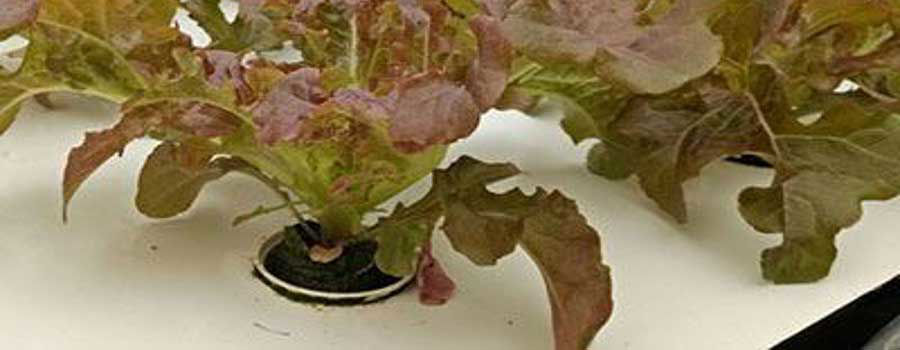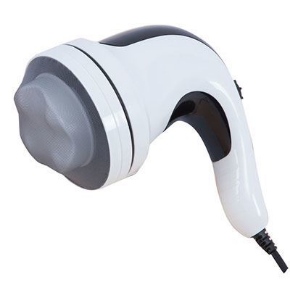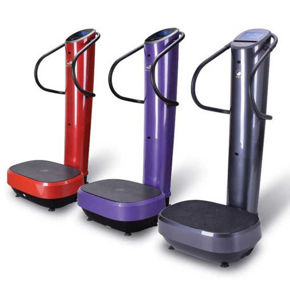
Aeroponics is a gardening system where a container is used to suspend the plants, allowing the roots to hang freely. With this method, the plant receives nutrients through water that is sprayed directly on the plant’s roots other than through the soil. An aeroponics system slows the grower to plant without using soil. This is highly beneficial if you have no soil; aeroponics system allows the plants to grow in the air and exposing the roots to air.
With this type of system, the plants grow and survive on the nutrients that are sprayed on it. It gathers nutrients and produces fruits and vegetables. This system allows the gardener to effectively monitor the plants at each stage of growth and get to know more about the structure of each plant. It is such a great way to have fun with your family.
THE BASIS
Before inception, nature has given us a perfect example aeroponic gardening. One notable example is the many different species of orchids found in tropical rain forests. These orchids grow high in the canopy, without soil. Their roots are in the mist area, and gain nutrients from the water in the air. They grow and thrive hundreds of feet above the ground.
TYPES OF AEROPONICS SYSTEMS
The three types of aeroponics systems include:
- Low-pressure Units
These are employed in small home bench gardening because they make use of low-pressure drip style delivery system for nutrient solutions. This unit requires consideration so as to prevent the roots from decaying. This is essential because the contamination of nutrient solution will give rise to harmful bacteria.
- High-pressure Units
These are ideal for bigger gardening where high-pressure pumps are used to transport the nutrient solution. These have enhanced nutrient delivery, air purification, and water sterilization.
- Commercial Units
These are good for very large crop growing projects. They make use of advanced technology, high-pressure systems, and data collection. They are most extensive and more expensive that the abovementioned systems. They have high tech systems for plant and disease control, including timers, sensors, lighting, and other maintenance system enhancement controls.
HOW TO SET UP
Most people avoid aeroponics gardening systems because they are difficult to set up. This is a common misconception which is incorrect! Setting up an aeroponics gardening system is very easy and can be placed in green houses, backyards or in any location. To begin with, seedlings can be grown in the containers to be large producers of fruits and veggies that can be enjoyed by you and your family.
Aeroponics system requires no medium to supply the nutrient. DIY aeroponics system consists of a reservoir, channels with holes used to hold plants, and lines along the channel. The holes in the channel should be made in every 7 to 8 inches, and the lines about 1 half inch in diameter. The channel is the medium that sprays nutrient from the reservoir to the roots of the plant. The most important of DIY aeroponics systems is pump used to pump nutrients to the roots of the plant.
You see? This is very easy to set up! Setting up this on a small space can produce great yield for you and your entire family to enjoy. It is also a project that will make you and your family work together in unity. For beginners, your backyard is a great place to begin with and you are sure to receive amazing results in no time.
NOTE
Talking about the pump used in aeroponics, a submersible MAG drive pump such as a 250 gallons/hour pump can be used to power a few 360° microjet misters. Others use an ultrasonic fogger to create the nutrient particle, rather than a pump.
PLANTS THAT CAN BE GROWN IN AEROPONICS
ðHerbs e.g. Mints, skullcap, stinging nettles, ginger and yerba mansa
ðVine plants e.g. tomatoes, tomatillos, eggplant, strawberries and watermelons
ðLeafy Green e.g. lettuce
BENEFITS OF GROWING AEROPONICS
- Increased Nutrient Levels
Tests show that crops grown aeroponically contain higher nutrients levels than soil-grown crops. This means that fruits and vegetables are healthier and herbs, as well are aromatic. In general, the taste of the produce is improved!
- Fun
Gardening with aeroponics is very easy and fun to do. The entire process from planting to harvesting is quite easy. The fruits, herbs, and vegetables grown are free from pests, diseases, and root rot. This system can be grown both indoor and outdoor; maximizing your growing yield. It is a great way to get the family involved in gardening and working together.
- Unending Vegetation Season
The conditions to grow plants in aeroponics are stable at all time. This means you can cultivate fruits, herbs, and veggies all year round. That implies as much fresh harvest as can be. In fact, crops can be harvested about 6 times annually, instead of just once or twice.
- Little Space
Despite the system used indoors, aeroponics only requires little space. This makes this method of growing plants suitable to urban dwellers.
- Clean Gardening
Since the roots of the plants are suspended in the moist air, and nutrients are sprayed frequently on the roots, there is no chance for dirt to spread around. Lack of soil also means no more digging in the earth.
CONCLUSION
Aeroponic plants are suspended over a reservoir within some type of container. And, the use of a pump and sprinkler system is used to spray nutrients to the roots of the plants.




















